
First, ZOOZTER-100 is connected to the grid, using a standard 3-phase connection.
This energy is then used to accelerate several flywheel modules made up of a mass that rotates around an axis and, by using patented “frictionless” levitation at 17,000 RPM, stores it as kinetic energy.
Once an EV is plugged into the charger, the flywheel decelerates while converting the kinetic energy back into electrical energy, and then into the EV charger, increasing available grid power by up to 100 Kilowatts and providing the boost necessary for ultra-fast charging – in minutes!
Acceleration – The flywheel’s integrated motor accelerates the flywheel’s rotation to a very high speed, converting the electrical energy from the grid to kinetic energy stored in the flywheel.
Levitation – Once the flywheel is fully charged, it needs only minimal energy to maintain speed through the power of inertia. Reduced friction is crucial here to ensure minimal energy loss.
Deceleration – The integrated motor/generator slows the flywheel’s rotation converting the stored kinetic energy to electrical energy. The energy is then discharged quickly to the connected ultra-fast charging system through the local grid.
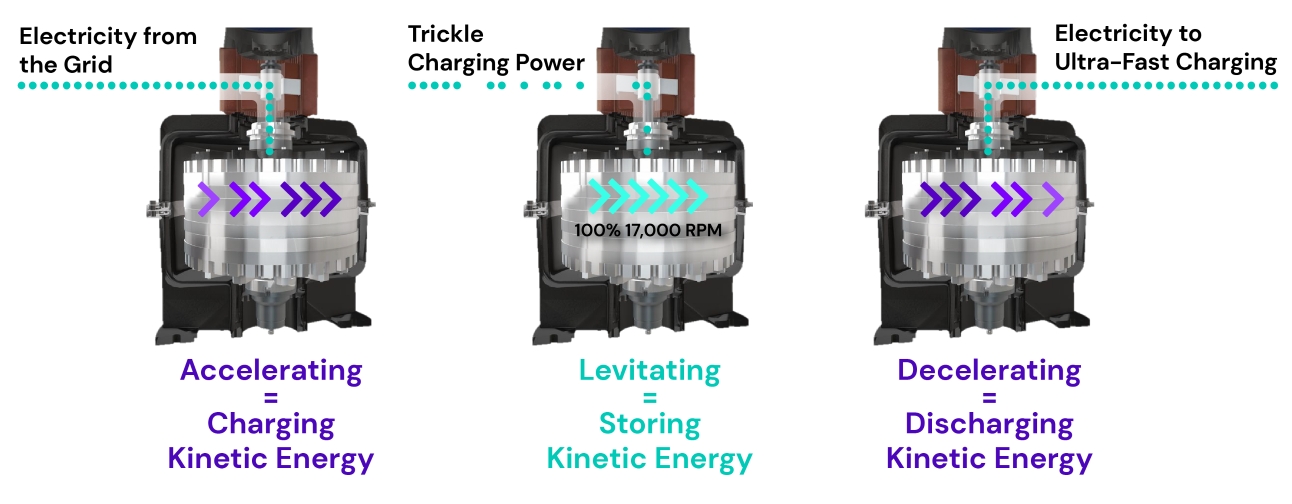
| Battery | Flywheel | |
|---|---|---|
| Mechanism of storing energy | Chemical reactions | Kinetic energy |
| Charge/discharge cycles before end of life | A few thousand | Practically unlimited |
| Practically unlimited | Yes | No |
| Manufacturing and disposal | Environmentally-harmful | Environmentally friendly |
| Physical size per unit of energy | Smaller | Larger |
| C-Rate (ratio between Power and Capacity) | <1 (slow charge/recharge) | >4 (fast charge / recharge) |
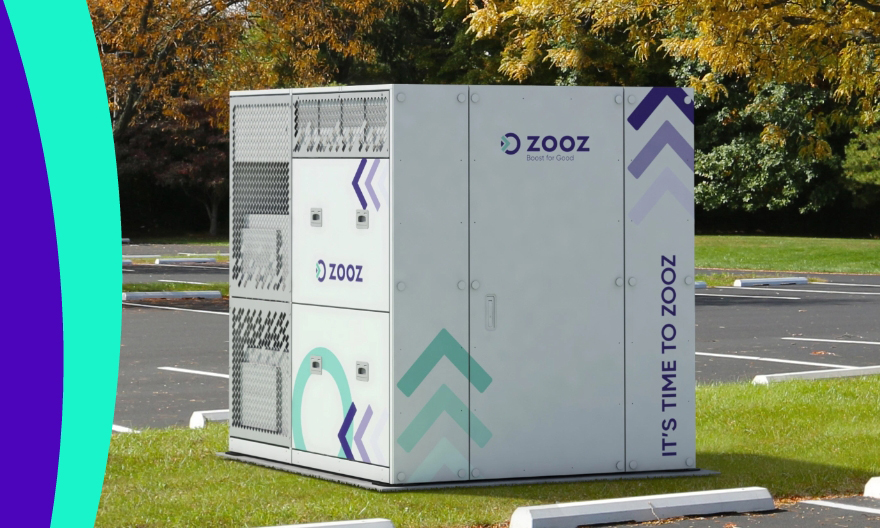
Blog
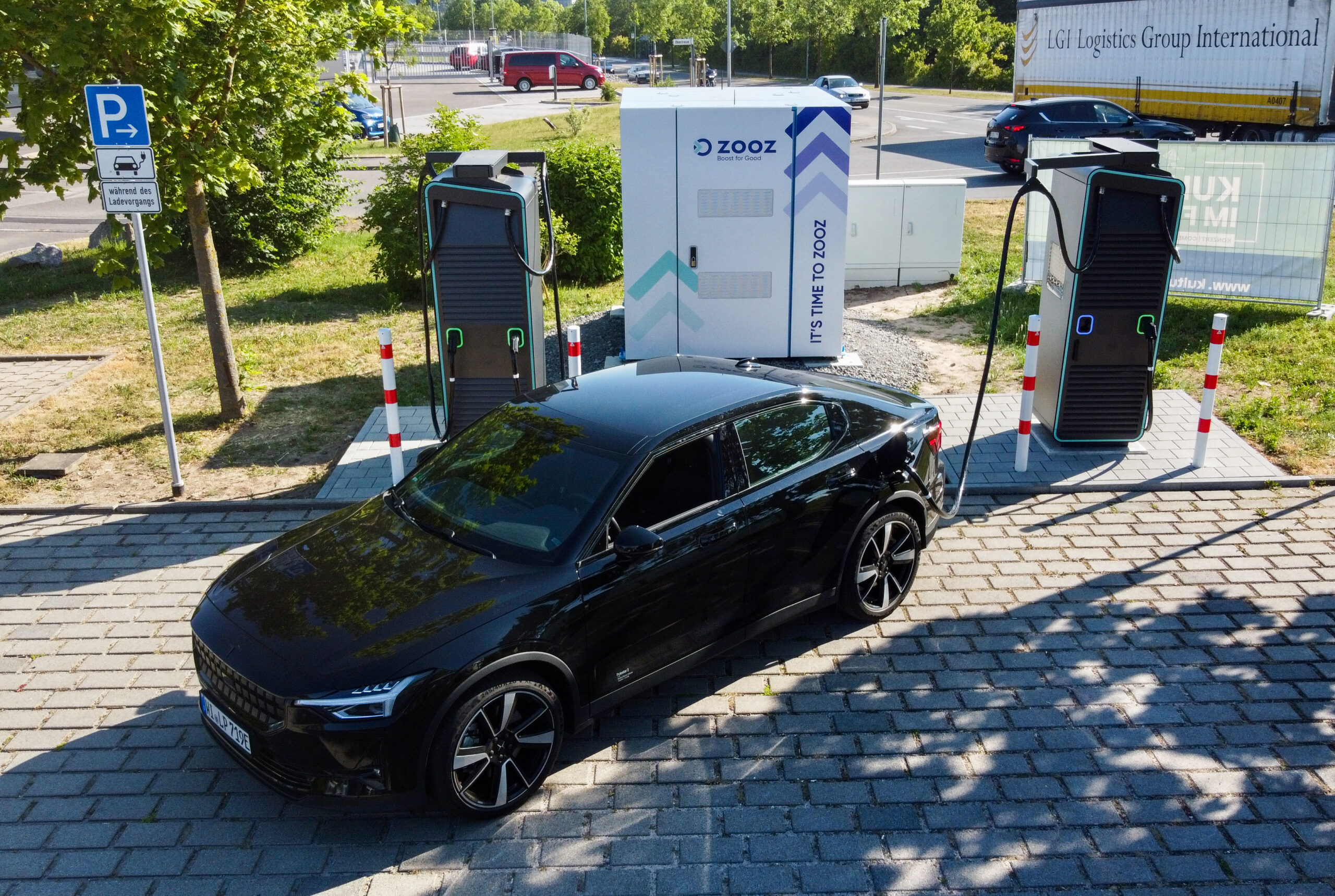
The rapid proliferation of electric vehicles (EVs) represents a significant stride towards a more sustainable and environmentally conscious transportation future. As the adoption of EVs continues to surge, the demand for robust charging infrastructure becomes paramount. To ensure the seamless integration of electric mobility into our daily lives, the development of extensive EV charging sites…
Blog
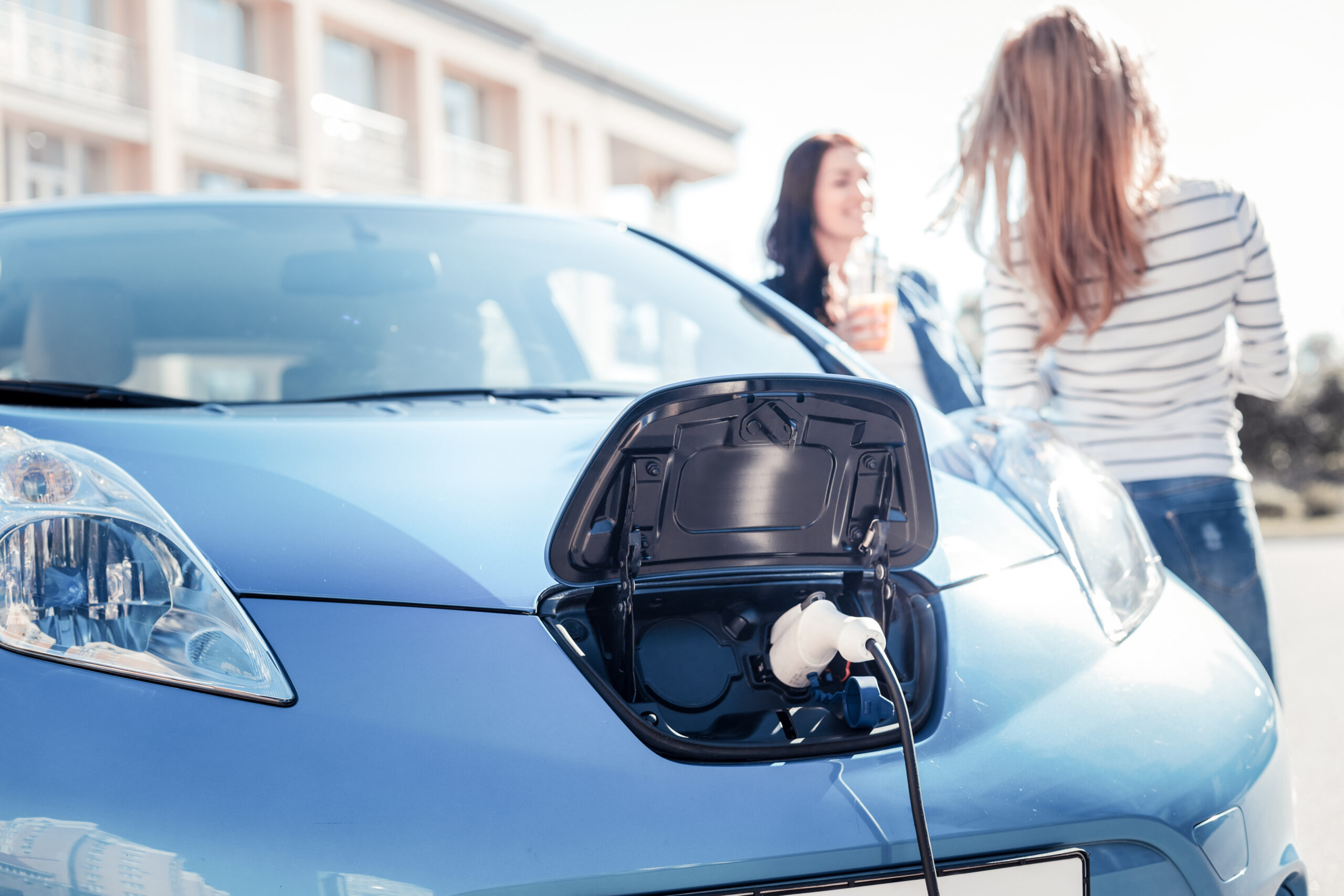
The electric vehicle (EV) market is experiencing a remarkable surge in demand, prompting a significant evolution in public EV charging infrastructure. As reported by the International Energy Agency (IEA)
Blog
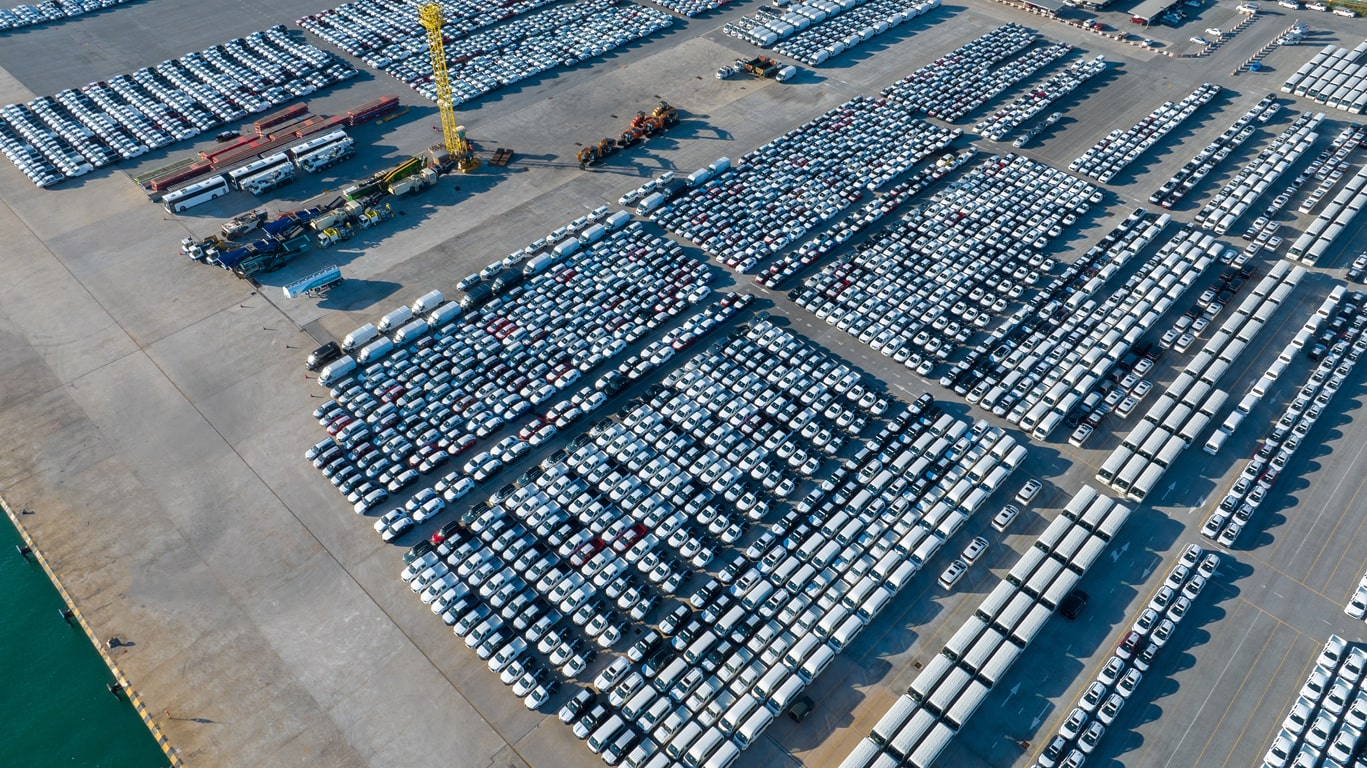
Charging stations need an effective solution to enhance efficiency and prevent idle chargers without incurring high demand charges. That’s precisely where the ZOOZTER-100 comes into play.